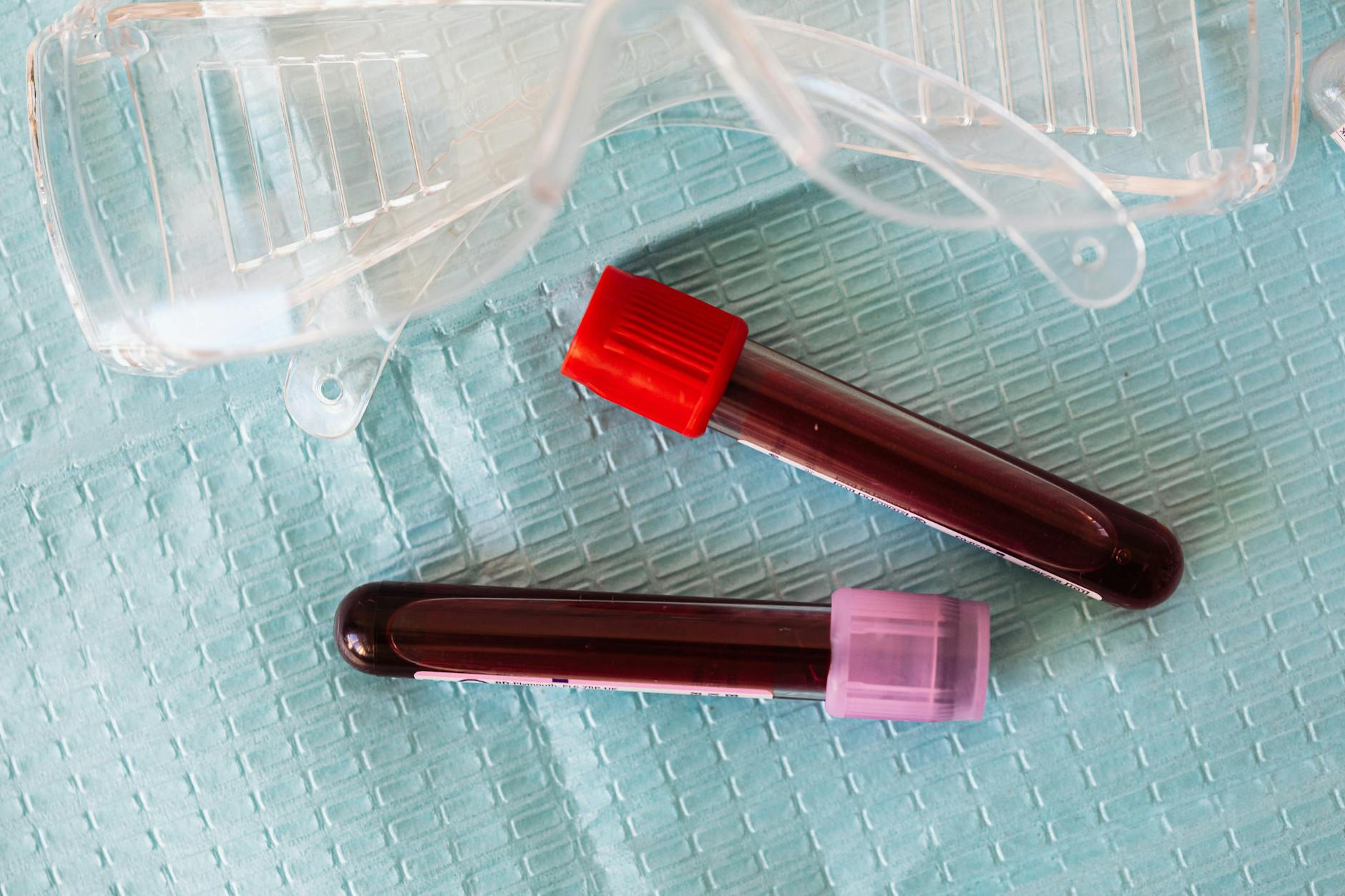Nicholas Gleadall from the University of Cambridge in the UK presented at London Calling 2019 on “Blood donor genotyping—how can long-range sequencing help?” Gleadall spoke about blood transfusions and why blood type matching is needed. Current blood typing is done by serology with antibodies and agglutination. However, reagents are unreliable or not available for all antigens. Gleadall explained that there is a lack of data for some donors. Discrepancies could kill someone! The organization called ISBT maintains a link between phenotype and genotype. Variants in a couple genes result in ABO blood types. Gleadall sequenced ABO discrepancies on PromethION flow cells (one per sample). A case study Gleadall presented was about a patient requiring transfusions with an ultra-rare blood type. They sequenced and confirmed a splice variant and tandem duplication in RHAG. This was then confirmed with Sanger sequencing. The team will use nanopore sequencing to address ~100 unresolved cases. The data will be combined to create reference maps. Gleadall noted that nanopore sequencing is redefining blood types and typing algorithms. I did not know about this ultra-rare blood phenotype that has only been found in 43 people!



